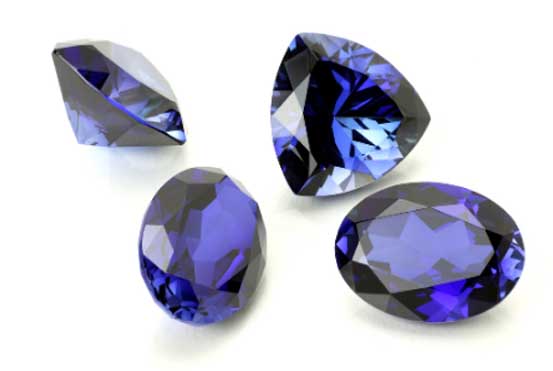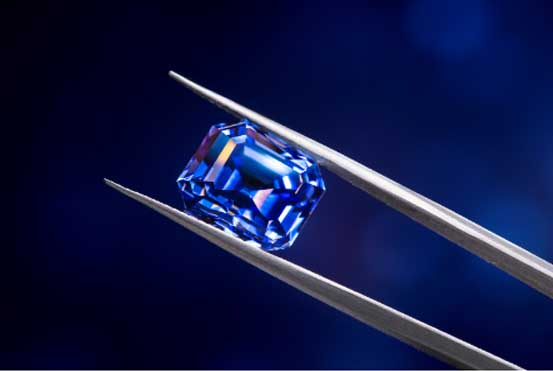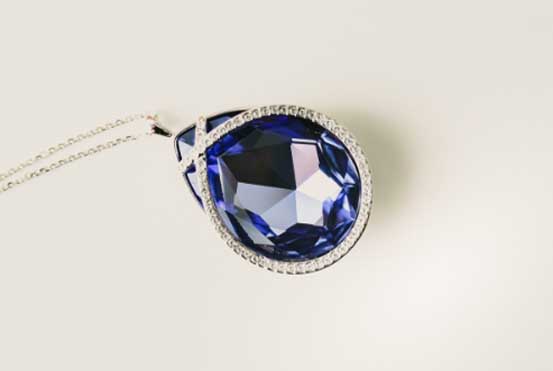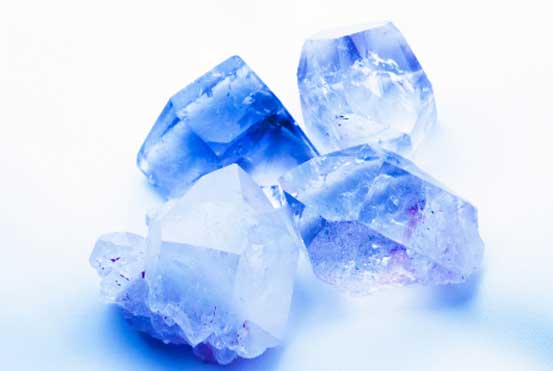Introduction to Blue Sapphire

Blue sapphire, a gemstone of wisdom and royalty, has captivated the human imagination for centuries. Known for its stunning blue hue, this gemstone is part of the corundum mineral family, which also includes rubies. But what makes blue sapphire so special and sought after? Let’s delve into the fascinating world of this precious gem.
History of Blue Sapphire
Blue sapphire is found in several locations around the world, including Myanmar (Burma), Kashmir in India, Sri Lanka, Thailand, Australia, and certain parts of Africa. Each location produces sapphires with unique characteristics, contributing to their value and desirability.
Sapphire mining can be a complex process, often involving both traditional and modern techniques. In some regions, miners dig pits or tunnels by hand, while in others, they use machinery to move large amounts of earth. The gemstones are then sorted from the other minerals through a process called washing.
The quality of a blue sapphire is determined by several factors including its color, clarity, cut, and carat weight.

The ideal color of a blue sapphire ranges from a deep, rich blue to a slightly purplish blue. The intensity of the color is one of the most significant factors in determining the stone’s value.
Clarity is another important factor in grading blue sapphires. They are typically judged by the visibility and number of inclusions, or internal flaws, within the stone. The fewer the inclusions, the more valuable the sapphire.
The cut and shape of the sapphire also play a significant role in its value. A well-cut sapphire will enhance the stone’s color and brilliance. The most popular shapes for blue sapphires are oval, round, and cushion cuts.
Blue sapphire holds significant cultural importance in various societies.

It has been a symbol of nobility, truth, sincerity, and faithfulness. It’s often associated with divine favor.
In religious contexts, blue sapphire is linked with spiritual enlightenment and is believed to bring peace and tranquility to the wearer’s life.
Royal families across the world have valued blue sapphires for centuries. One of the most famous blue sapphires in the world is the “Star of India,” a 563-carat gem currently housed in the American Museum of Natural History in New York City.
Blue sapphire is a popular choice for various types of jewelry.

Navigate the world of Sri Lankan gems with confidence using this comprehensive buying guide. Learn what to look for when purchasing a Sri Lankan gem, including color, clarity, cut, and carat weight. Understand the importance of certification and how to verify the authenticity of a gemstone. This section also provides tips on bargaining, choosing a reputable dealer, and the legal aspects of purchasing gems in Sri Lanka. Whether you’re a collector, investor, or a first-time buyer, this guide will help you make informed decisions and find the perfect gemstone.
Sapphire earrings and bracelets are another popular choice, adding a touch of elegance and sophistication to any outfit.








Comments
Post a Comment